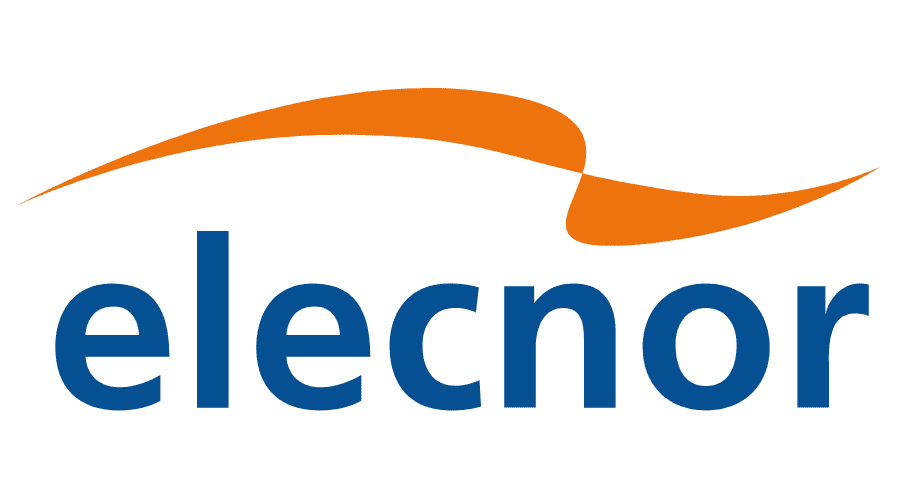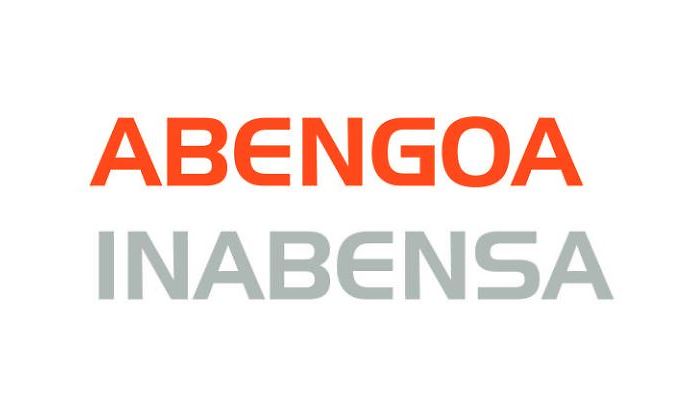Overview of the electrification project

Electrification of Kaišiadorys - Klaipėda (Draugystės st.) section and Vilnius railway junction
The electrification of Vilnius–Klaipėda, the most heavily used railway line in Lithuania, is one of the largest railway infrastructure modernisation projects in Lithuania, contributing to the Group's long-term commitment to develop and build a sustainable transport system in the country. Railway electrification is a high priority both in Lithuania and across the European Union (EU) as one of the EU's Green Deal implementation measures. Electrification enables a shift from fossil fuels to renewable energy sources.
The Vilnius–Klaipėda railway artery is the most heavily used railway section in the country, so its electrification is important for the infrastructure of the whole country.
Three railway lines in Lithuania are now fully electrified: the Vilnius–Kaunas, Vilnius–Trakai and Vilnius–Kena lines. This represents 8% of the country's total network, and the electrification project will bring the country's electrified railway track length to almost 28%.
This railway electrification project includes the construction of 363 km of overhead contact network, the construction of six traction substations in Lentvaris, Žeimiai, Linkačiai, Tarvainiai, Kretinga and Žasliai, their connection to Litgrid's power supply network and testing, as well as the construction of eight autotransformers to ensure the stability of the power supply voltage on the overhead contact network.
The completion of the modernisation of the Vilnius–Klaipėda section will give the country's most important railway line a new impetus, both in terms of increasing the competitiveness of the transport sector as a whole and reducing the environmental impact. It is estimated that the electrification of this section will not emit more than 150,000 tonnes of CO2 per year, and the economic benefits of the project, such as lower fossil fuel costs, are also crucial.
The total investment in the electrification project is planned to be Eur 457 million, about half of which – Eur 200 million – will come from the EU Cohesion Fund.
Benefits of the Project
Environmental benefits
In Lithuania, the transportation sector gets the largest share of air pollutants. The project will reduce air pollution by 150,000 Tonnes per year. The socio-economic benefits of the project are estimated to exceed 700 million Eur over the lifetime of the project.
Air pollution will be reduced by 150,000 tonnes per year
Socio-economic benefits of the project > 700 million Eur
Economic benefits
It is estimated that the reduced energy and rolling stock maintenance costs will potentially save carriers operating on the Lithuanian rail network around 505 million Eur and the project will pay for itself within 19 years. Electrification of railways will have a significant impact on the competitiveness of the Lithuanian transport sector.
The project will pay for itself in 19 years
Savings due to lower consumption 505 million Eur
Scope of the project
Electrification Project Developer
Project developer – AB "LTG Infra"
100 % of AB “LTG Infra” shares belong to AB “Lietuvos geležinkeliai”.
We, AB “LTG Infra”:
- We are responsible for the infrastructure, safety, modernisation and development of Lithuania's rail network;
- We strive to provide the best conditions for passenger and cargo transport;
- We build and maintain a reliable and efficient infrastructure;
- We have the best team of employees who carry out their duties responsibly every day;
- We ensure technical interoperability of Lithuanian railways with European railways;
- We implement modern safety and environmental requirements.
The design and installation contractor is joint venture partners “Elecnor” and “Instalaciones Inabensa”.
The most economically advantageous tender was submitted by the consortium of “Elecnor” and “Instalaciones Inabensa” companies. The joint venture agreement partners have extensive experience in railway infrastructure projects around the world.
"Elecnor” is a Spanish company that has been operating since 1958 and has experience in major infrastructure projects in at least 55 countries around the world, from Europe to Chile and Saudi Arabia. The Group has around 14,000 employees and a turnover of 2.3 billion Eur.


The winner was selected on the basis of cost-effectiveness criteria.
Technical parameters
Overhead contact network:
1×25 kV, Vilnius junction;
2×25 kV, Kaišiadorys-Klaipėda section
Speed guaranteed by the design of the contact network for all roads: 160 km/h
Weight of the loaded freight railcar:
not less than 6 000 t
Uninterruptible power supply:
n-1 function in adjacent traction substations
Number of trains per day:
32 pairs of freight trains and 10 pairs of passenger trains
Lifetime of the contact network system:
50 years
Project funding
- EU investments:
~ 139 million Eur of the European Union funds.

- EU investments:
~ 82,5 million Eur of the European Union funds.

- Investment by the company and public budget:
the remaining value of the project not financed by the European Union funds.